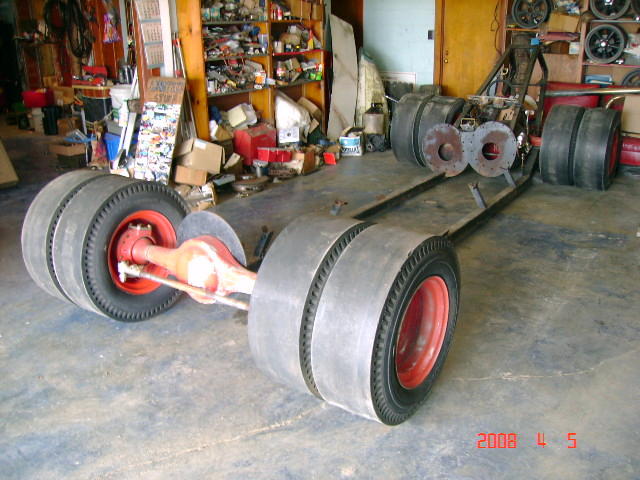https://www.macsmoto...s-of-jim-lytle/
Just how fast could that car have gone?
Most seem to claim 12,000hp - 3,000hp per engine. It depends on how much the engines were modified, and what model they were.
The single stage V-1710 weighed ~1,350lb (612kg), depending on accessories.
So 4 of them would be 5,400lb.
Guessing that the drive train and chassis is around the same, that gives around 10,800lb.
Using an online ET calculator I get 5.6s @ 245mph for the 1/4 mile. Assuming, of course, it could get the power to the ground.
Magoo's article said that the Big Al II ran 9.31s @ 163mph.
How does that compare for the times?














